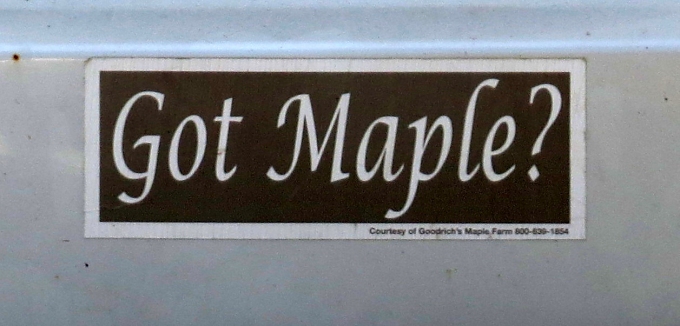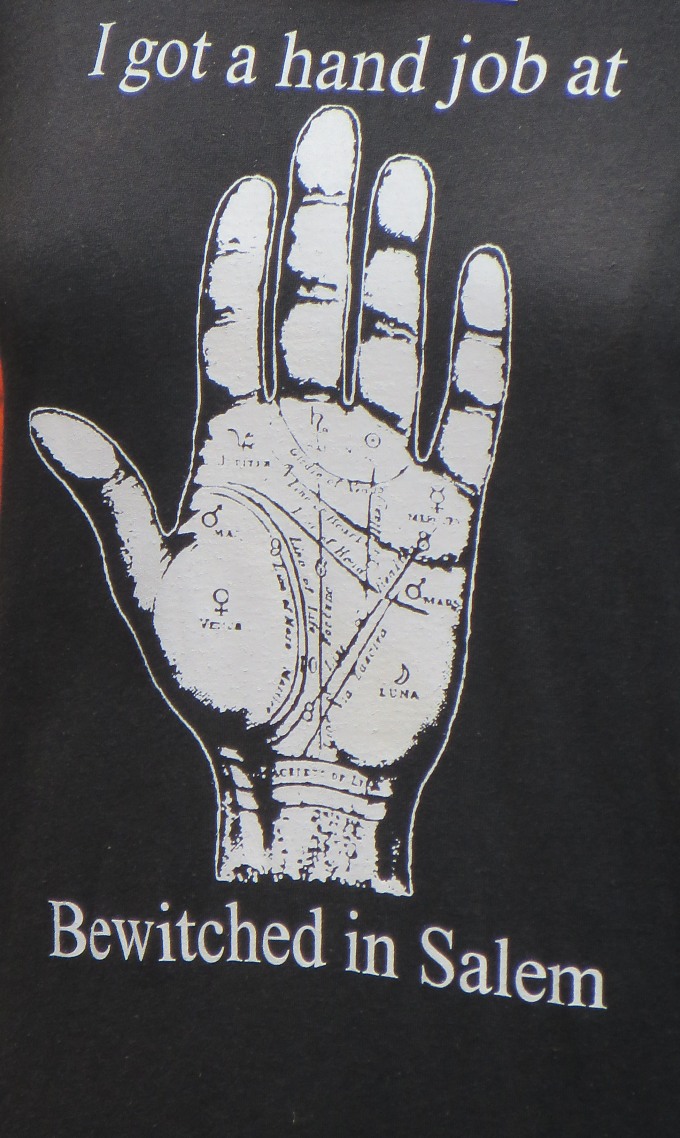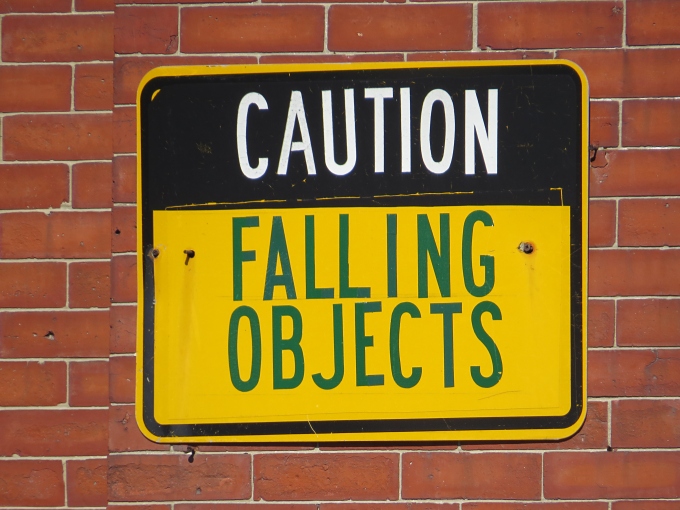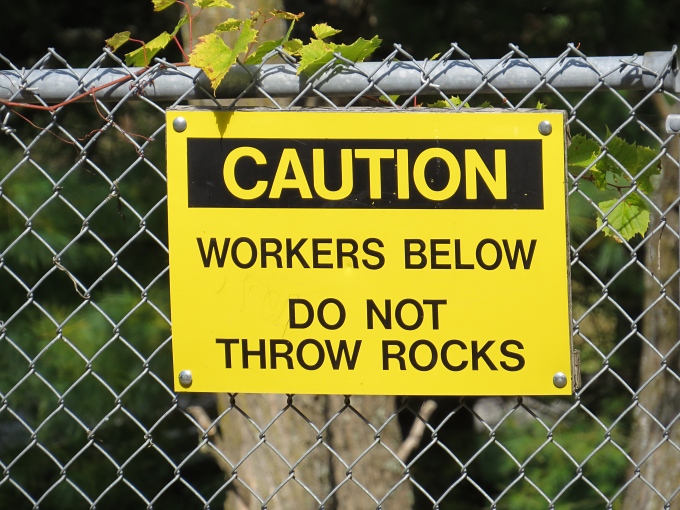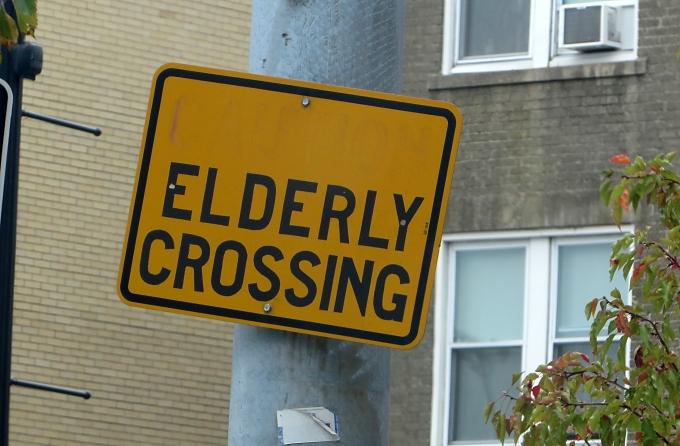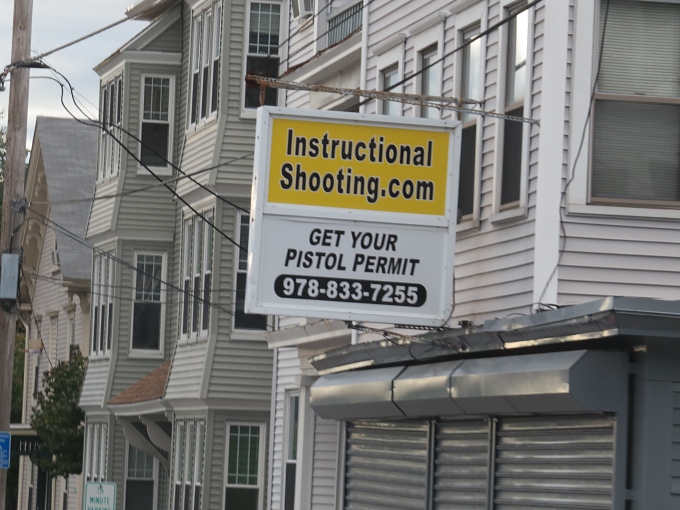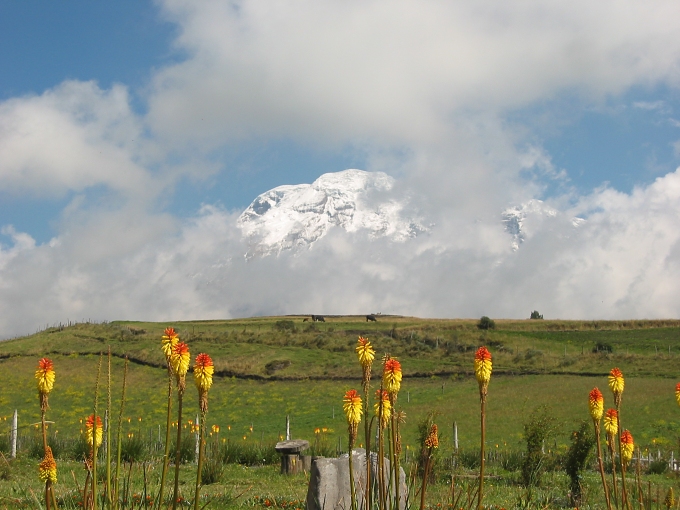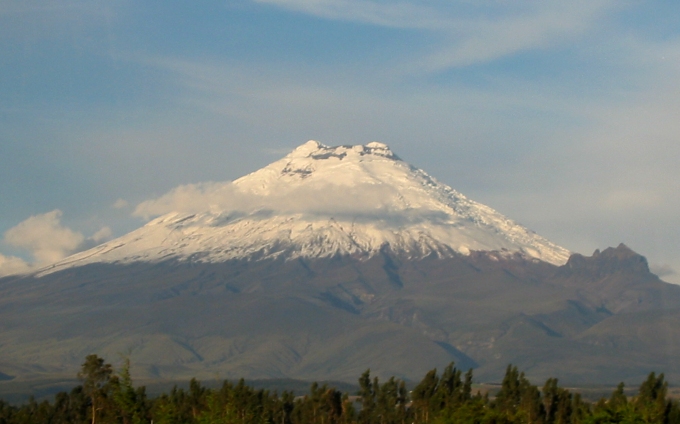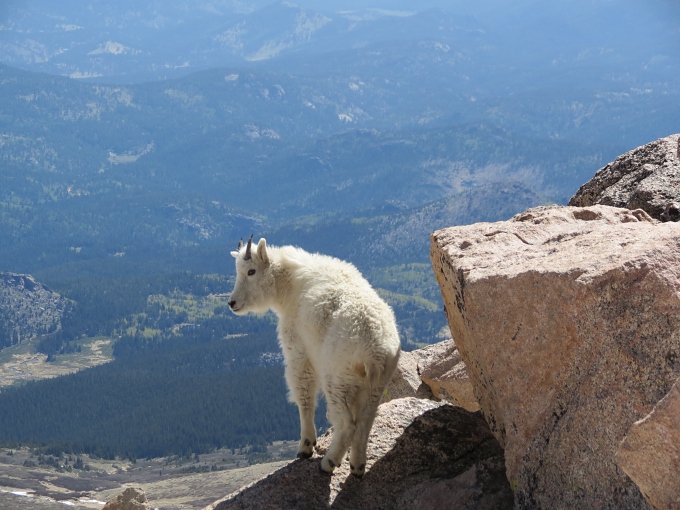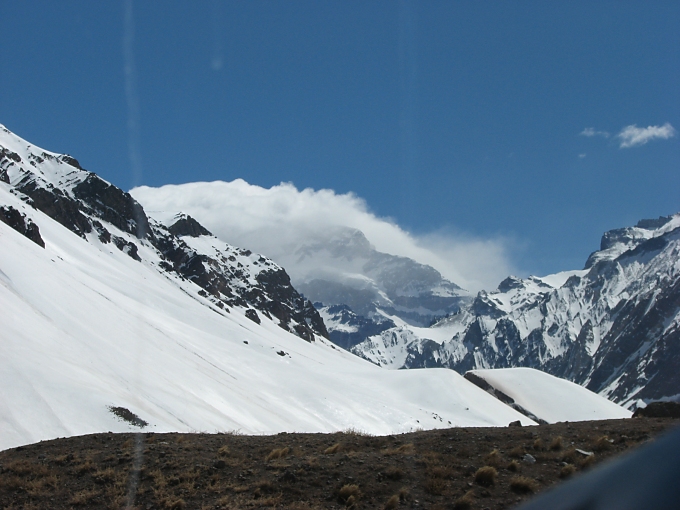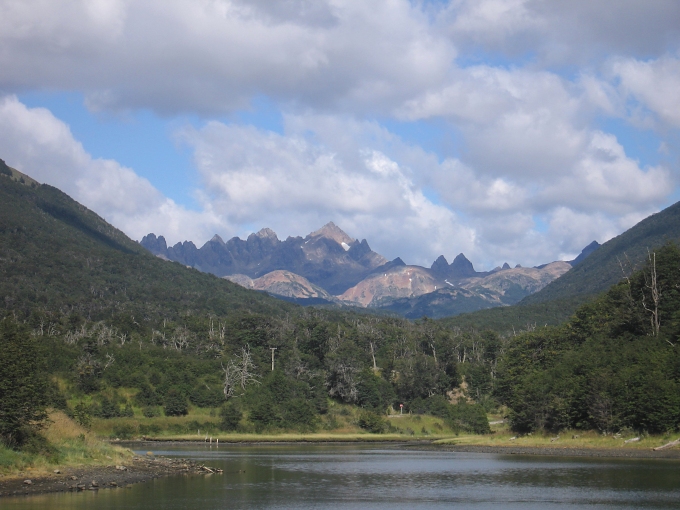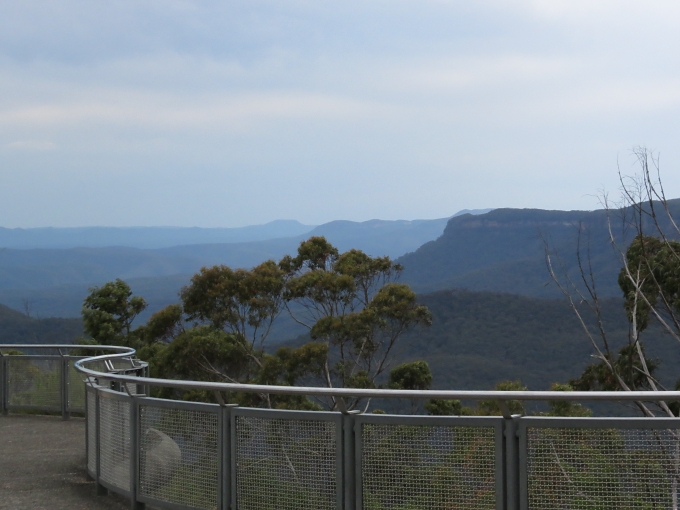
Bridges are interesting architectural and engineering feats. According to Wiki, a bridge is defined as a structure built to span a physical obstacle such as a body of water, a valley or road, for the purpose of providing passage over the obstacle.” They vary in design depending upon their purpose, what they're spanning, the nature of the terrain in which they're built and anchored, the materials available to build it and of course, the depth of the pockets funding the construction.
Bridges have been around since men figured out that a fallen tree across a stream provided safe, dry passage as long as you had good balance. We've encountered all sorts of bridges in our travels. There are rope and swing bridges,

covered bridges as in the Roseman Bridge from Bridges of Madison Country fame

...and even pigtail bridges.

There are lots of famous bridges like the Golden Gate,

the Sydney Harbour Bridge

and the Brooklyn Bridge.
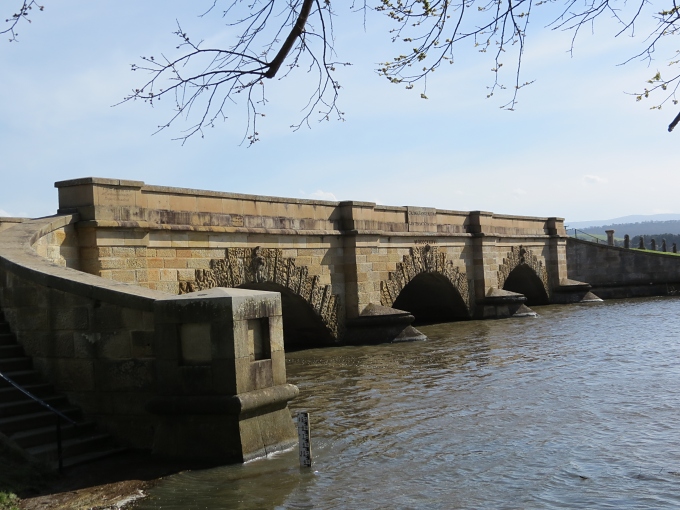
We've seen convict-built bridges in Tasmania
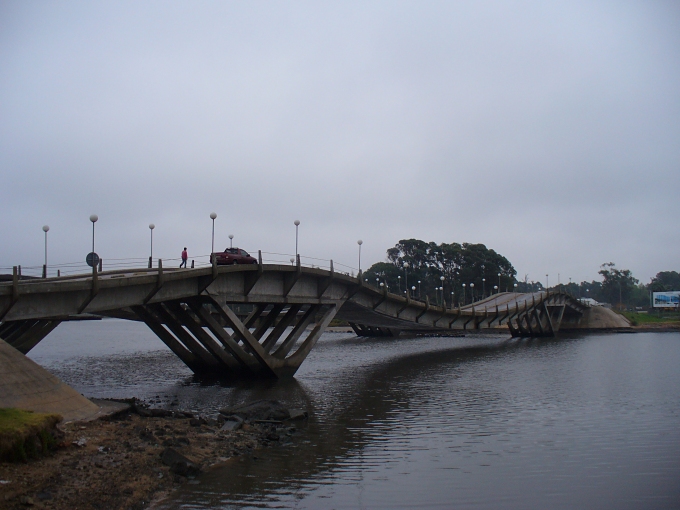
and driven over an undulating bridge in Uruguay.

Driving over them is one thing, but bridges take on a new meaning when you're in a sailboat. Sailing under them is sometimes unnerving. There's the wind and the current to consider as you pass through. Sometimes there are eddies near the span supports that cause disturbances and confused waters. The wind typically disappears or swoops in from a different direction as you inch your way through. Our nautical charts show the location of bridges and their height at mean water. Sometimes, there is only enough clearance at low tide. Despite the fact we know our mast height, the height of the bridge span under which we're passing, and the state of the tide, often just as we're about to pass under, it just doesn't look as if there will be enough clearance. So far, so good.

Sometimes passing under a bridge is ceremonial, like the Bridge of the Americas, when we passed from the Atlantic Ocean through the Panama Canal and entered the Pacific for the very first time.

For passing under purposes, the bigger and the higher the bridge, the better. There are many times, however when “under” is not possible and then we're required to maneuver our way through what appears to be a rather small expanse of bridge that opens. We spent a short time transiting the Intracoastal Waterway on the US East Coast, commonly referred to as “the Ditch” by cruisers. The number of opening bridges was astounding.
There are many rules for approaching an opening bridge and they differ depending on the bridge and the location. Some bridges open only at specific times and you need to figure this out before you get there. If you miss the opening time, you wait till the next opening … sometimes hours, sometimes overnight. If there is no schedule, there's usually a system for requesting an opening from the bridge tender. Perhaps it's a call on the VHF on a specific hailing channel (which frequently differs) or sounding your air horn in a certain pattern (usually one long blast followed by a short one) and then sailing in circles, waiting for bridge tender to acknowledge your request and actually open it. The information is always available, it's just not always readily apparent where or whom to ask. It's definitely important to plan in advance.
Opening the bridge usually requires traffic over the bridge to stop and wait, so the bridge tenders are rather anxious to get all the boats through and the bridge closed again. We remember watching a boat dismasted in Portsmouth, NH when the bridge didn't open in time for the anxious captain to get through and he obviously couldn't maneuver the boat out of harm's way in time. The sickening “crack” as the mast hit the side of the unopened bridge still reverberates in our memories whenever we pass through.
There's usually a red light/green light system in place so that you know when it's your turn to pass through. If you're the boat waiting while the other side comes through first, you have to make sure you're out of the way of the oncoming traffic, avoid other waiting boats, but still remain poised and ready to head through as soon as the light turns green. We've drifted and motored in circles for what seemed like hours, just waiting for a bridge to open.

Not all opening bridges are the same. A bascule bridge, commonly called a drawbridge, might be a single or double leaf. Then there's a lift bridge where the center span rises to let you pass under. Obviously, height restrictions still apply.
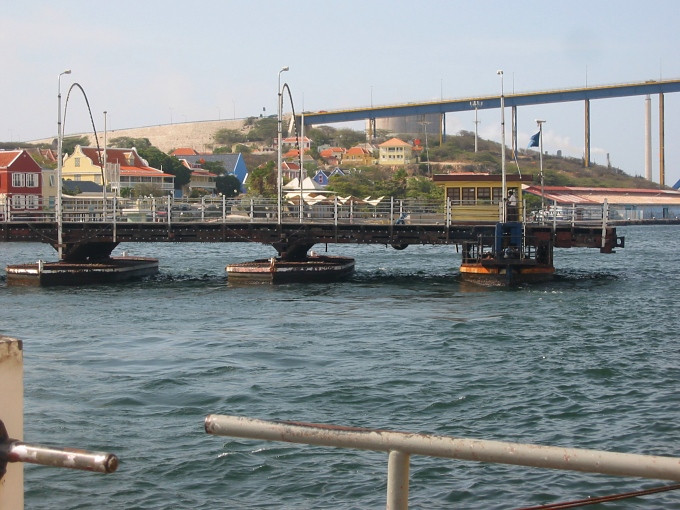
There's also a swing bridge, like the Queen Emma in Curacao, where the center span swings out of the way to allow boats to pass.
Simon and Garfunkel must have been seasoned sailors because they had the bridge over troubled waters all figured out.


